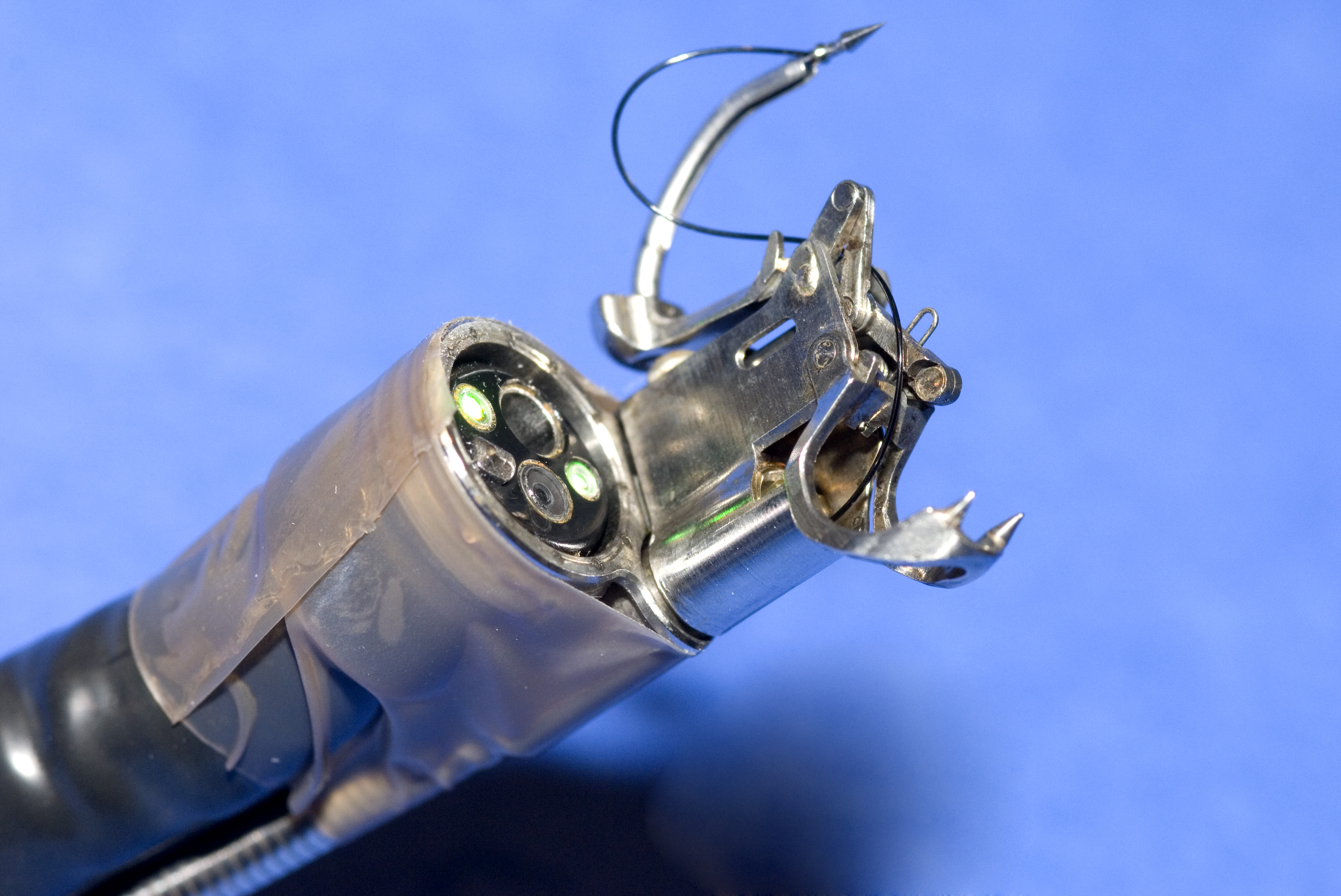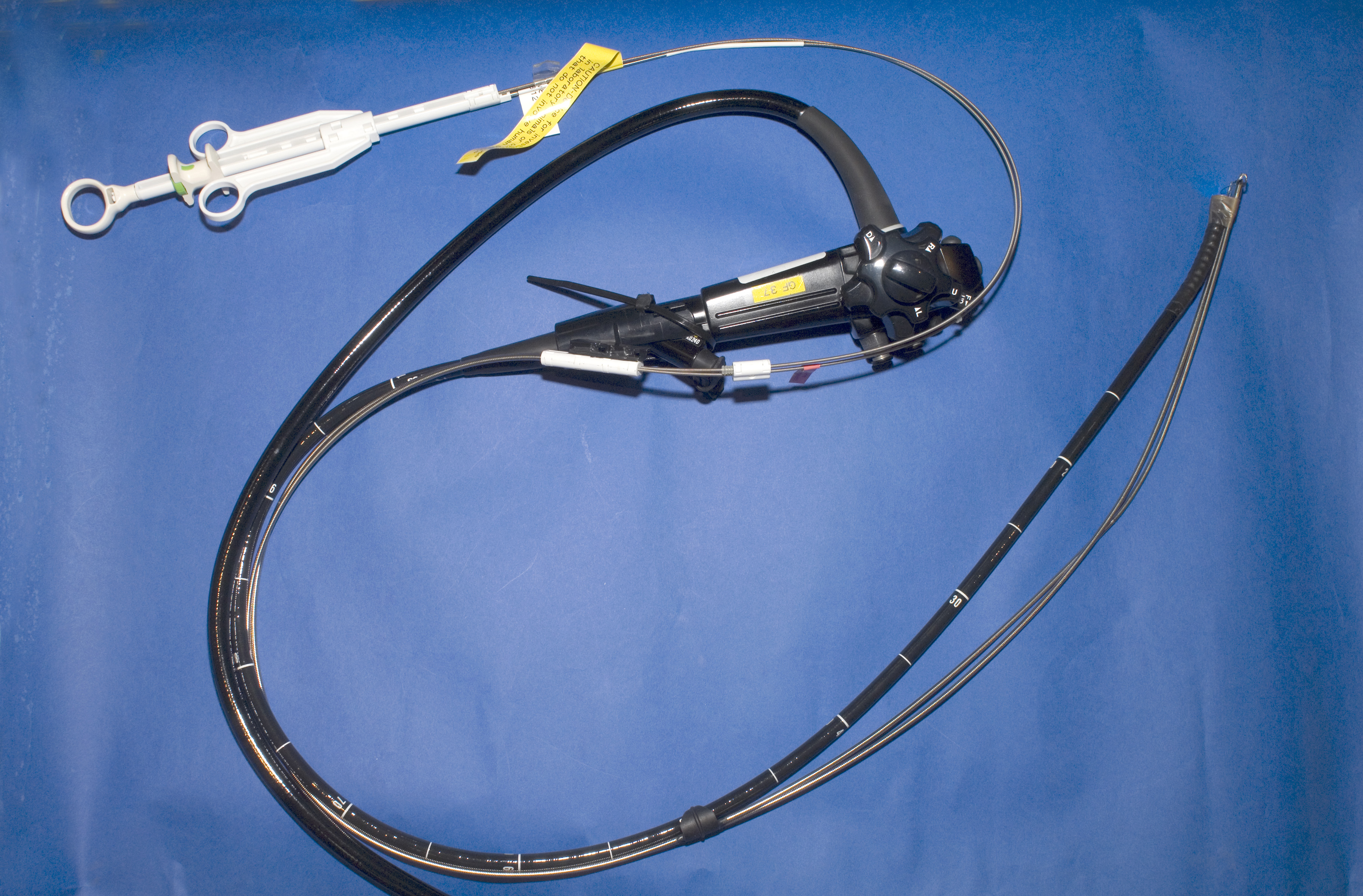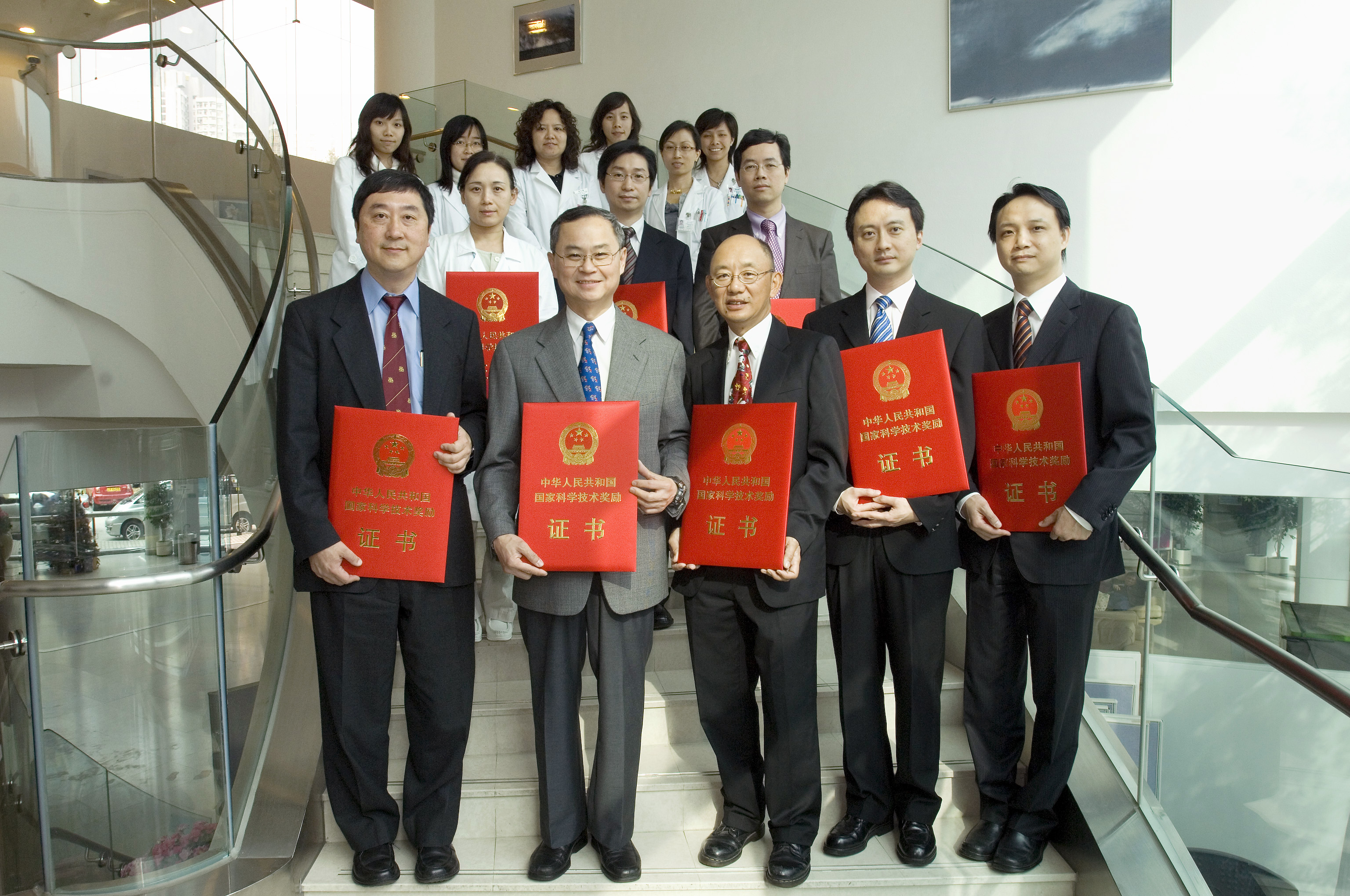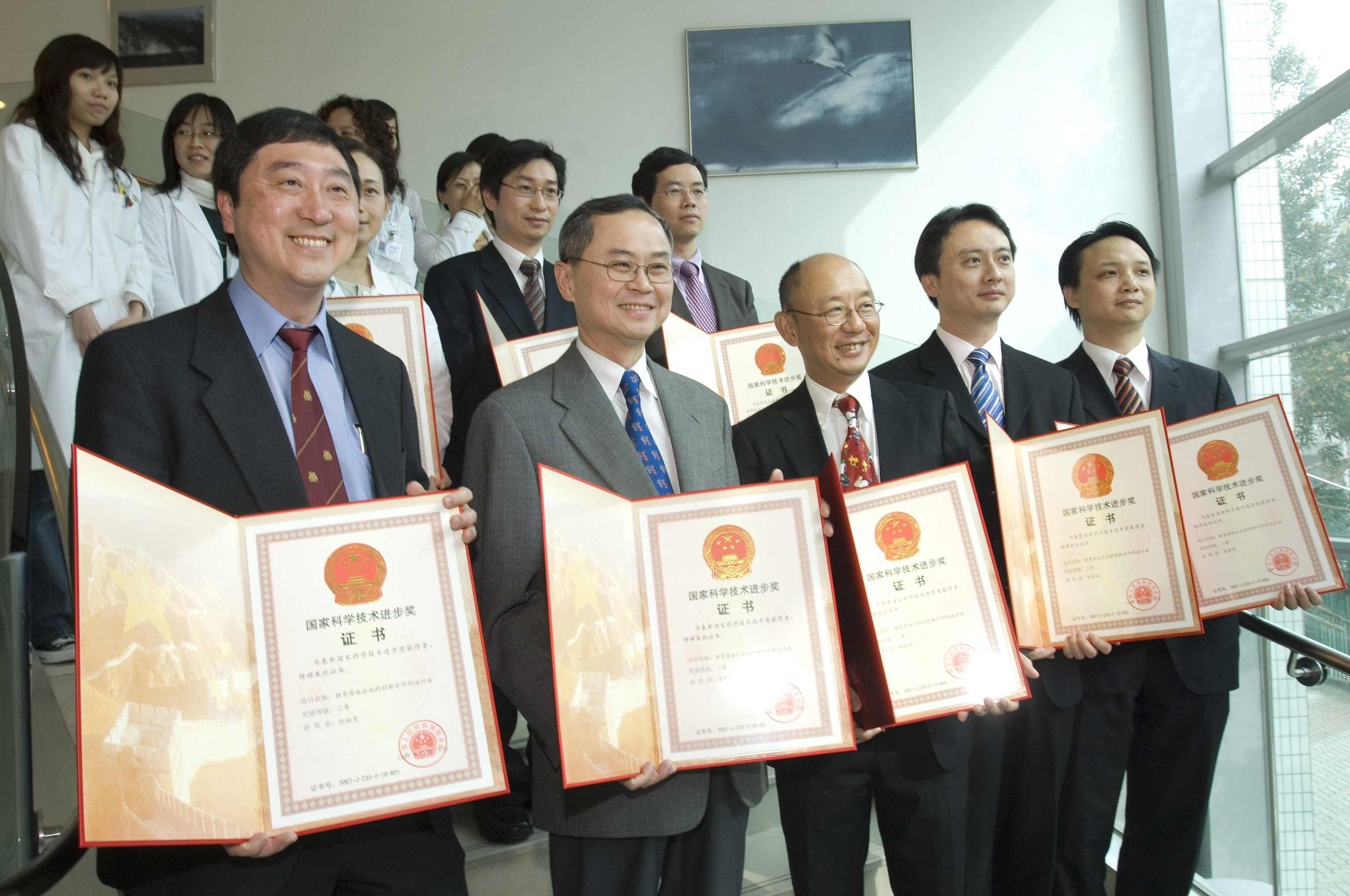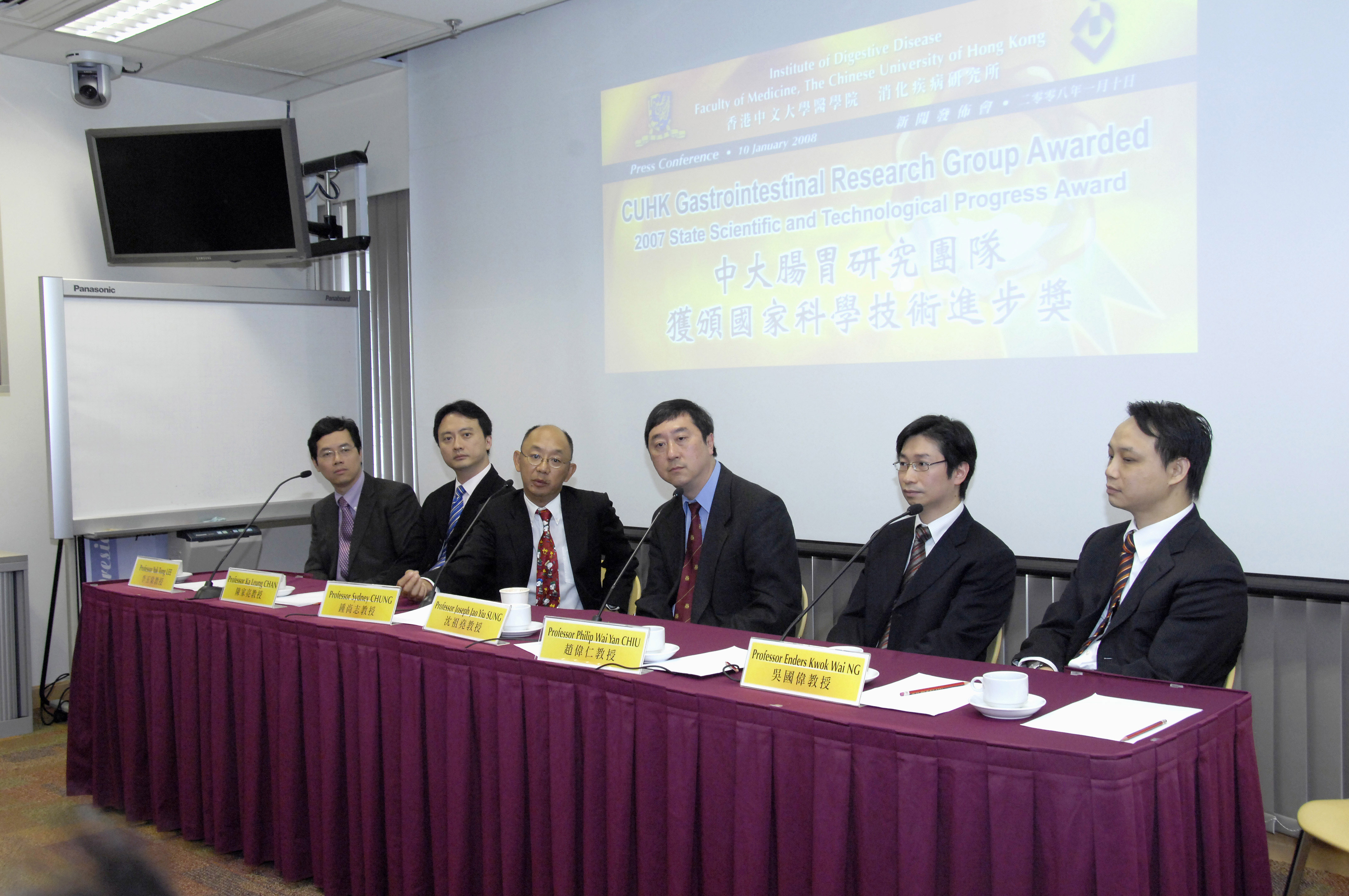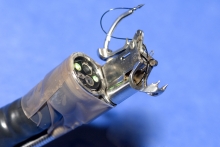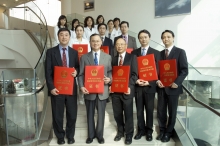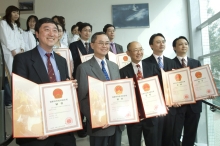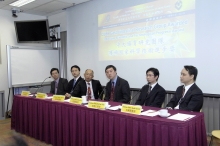CUHK
News Centre
CUHK Gastrointestinal Research Group Awarded 2007 State Scientific and Technological Progress Award
The Gastrointestinal Research Group of the Faculty of Medicine at The Chinese University of Hong Kong won the 2007 State Scientific & Technological Progress second-class award for its achievement and innovation in the treatment of peptic ulcer bleeding. An award presentation ceremony was held on 8 January by the National Office for Science and Technology Awards in Beijing.
A total of 662 entries competed for the 2007 State Scientific and Technological Progress Award (SSTPA), which is conferred on scientists who have made outstanding contributions in the implementation of technology-development and social public-welfare projects. The project, entitled “Innovative Non-surgical Treatments of Peptic Ulcer Bleeding”, led by Professor Joseph Sung Jao-yiu of the Department of Medicine and Therapeutics has revolutionized the management of this global healthcare problem. Other team members include Professor Francis Chan Ka-leung, Professor James Lau Yun-wong, Professor Enders Ng Kwok-wai, Professor Philip Chiu Wai-yan, Professor Lee Yuk-tong and the former Dean of the Faculty of Medicine, Professor Sydney Chung Sheung-chee.
Peptic ulcer bleeding is a medical emergency and also a common gastrointestinal disease. In the past, surgery was the only effective means in stopping bleeding. The CUHK Gastrointestinal Research Group has been at the forefront in clinical research on endoscopic therapy in peptic ulcer bleeding. The research team has made major breakthroughs in the last 20 years in the following areas:
‧Development of novel endoscopic treatment of bleeding peptic ulcers;
‧Use of anti-bacterial therapy in curing peptic ulcers;
‧Pioneering the use of adjuvant pharmacological therapy to improve the outcome of bleeding ulcers after endoscopic hemostasis; and
‧Formulation of novel strategies for the prevention of non-steroidal anti-inflammatory drug-associated ulcer complications.
With these therapeutic advancements, the mortality of peptic ulcer bleeding in Hong Kong plunged from 10% in the 1980s to 4.4% in 2005. This research work has also led to the revision of international treatment guidelines for peptic ulcer disease and significantly reduced the need of surgery, blood transfusion, hospital stay, life-long medication, ulcer occurrence and relapse.
Nevertheless, based on the results of recent ten-year audit, although there is a decrease in overall mortality for patients with bleeding peptic ulcer disease, in those who had failed endoscopic therapy and required salvage surgery, there is a rise in operative mortality from 20.3% to 40.5%. It is because most of the patients had advanced age and poor co-morbidities which make them hardly tolerate a lengthy surgical procedure. As a result, majority (73.8%) of the salvage surgery performed in recent 5 years involves only plication of bleeding vessel alone. To reduce the mortality rate, an endoscopic suturing device – “Eagle Claw” was designed to replace the invasive surgical procedure. The device is pioneered by Professor Sydney Chung and is capable of performing suture plication inside the gastrointestinal lumen through the endoscope to control ulcer bleeding. This development opens a novel alternative to conventional open surgical salvage for catastrophic ulcer bleeding.
The research team has conducted a survival experiment in achieving endoscopic suture plication of massively bleeding peptic ulcer using the Eagle Claw device in a porcine model. Eagle Claw endoscopic suture plication was able to stop the bleeding within seven minutes in six pigs. All the pigs survived the experiment without evidence of ulcer rebleeding. Endoscopic salvage for ulcer bleeding is now possible with the performance of endoluminal suture plication using the Eagle Claw without conventional open surgery. Future research will focus on the refinement of the Eagle Claw device and its application in achieving endoscopic suture plication for bleeding peptic ulcer in human.
Prof Joseph Sung, Prof T.F. Fok, Prof Sydney Chung, Prof Francis Chan, Prof Enders Ng (front row from left to right) Prof Philip Chiu (second row middle), Prof Y. T. Lee (second row right) and other members of the research team


